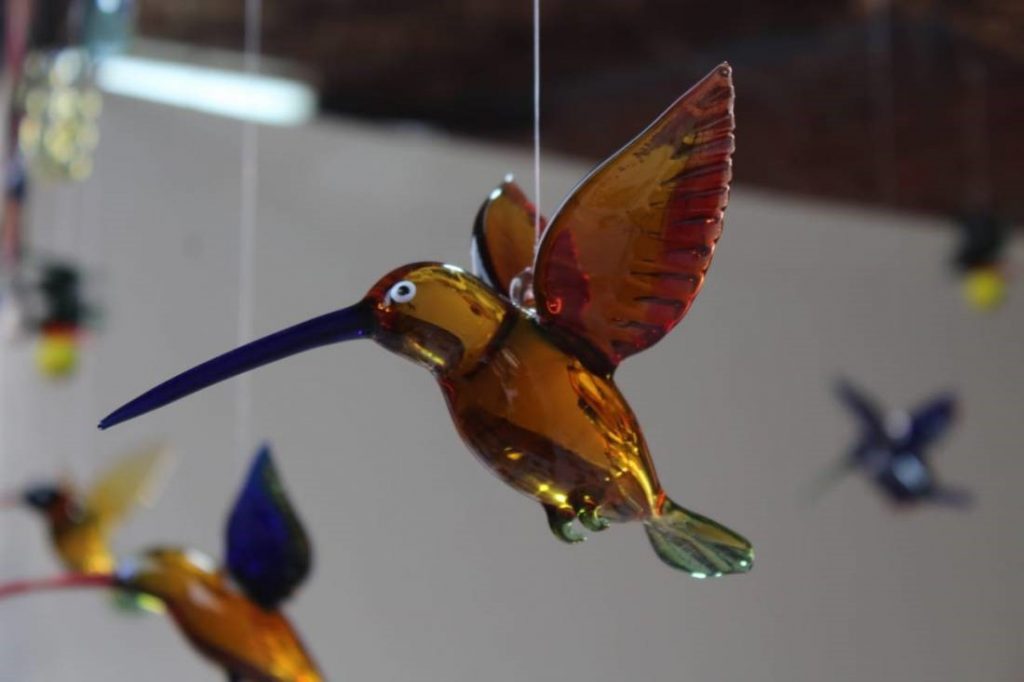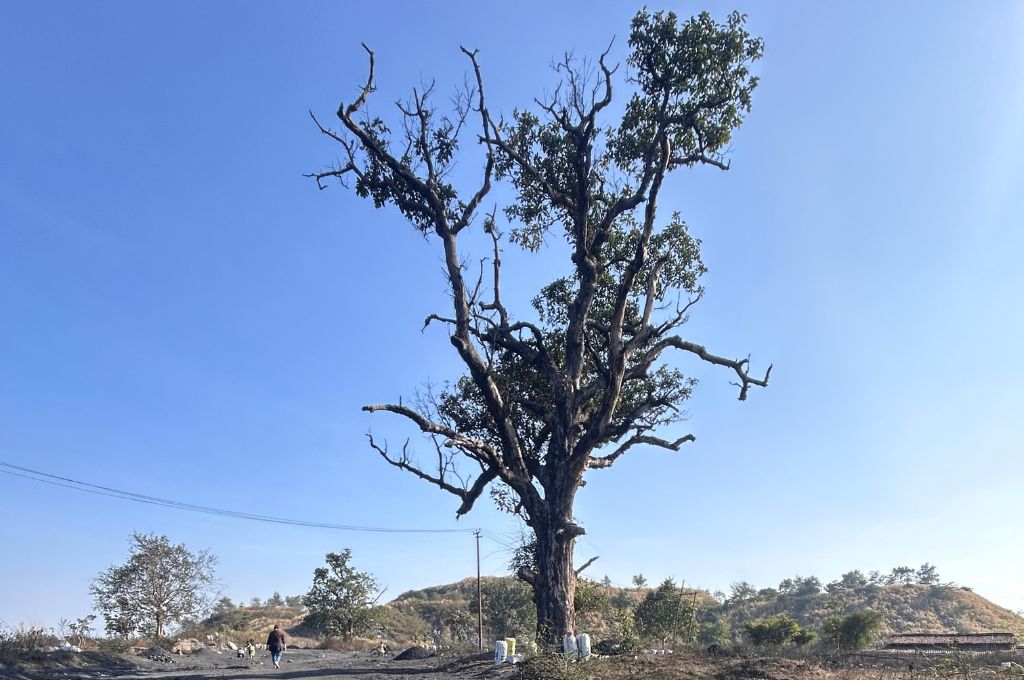COVID-19, oxygen, and craft

Suresh Kumar belongs to the second generation of glass artists. His forefathers worked in bangle factories. He and his six brothers create glass artefacts that sell across the country. To create their award-winning figurines, they need oxygen—which is the only fuel (along with liquified petroleum gas) that makes the flame hot enough to melt glass for it to be malleable and turned into beautiful objects of art.
As the COVID-19 virus spread last March, oxygen supply was prioritised for medical purposes. Initially, during the national lockdown, this critical gas was not available for non-medical and non-industrial use. Then, the price went up three-fold.
Prior to the pandemic, craft exhibitions took Suresh and his brothers all over the country—they attended anywhere between 20-25 exhibitions, had orders through the year, and their average monthly income was about INR 20,000 per family.
In the nine months after the nationwide lockdown, Suresh received only one order. In desperation, many of his fellow artisans moved to other work—tailoring, farming, and wage labour. Suresh himself took loans from relatives to buy synthetic sarees, which he sells from his home. “We are artists. I am not selling sarees out of choice. I need an income,” he says.
When things began opening up, in January this year Suresh participated in four exhibitions in four cities. The sale was so paltry that he left halfway to save on the expenses incurred to live in other cities.
Suresh says that bangles sell everywhere in India. For a bangle factory, marginally increasing the price of the bangles allows them to recover the increased price of oxygen because of the scale at which they operate. But the artisans’ glass products are niche, and their market is tiny.
The government has floated a tender to procure 1 lakh metric tonnes of liquid oxygen. However, their priority will continue to be on oxygen therapy, so that fewer patients will need a ventilator in a hospital. The increased supply is unlikely to reach small players like Suresh who needs one cylinder every day to run three burners. Craft products are ‘non-essential’ so they receive much less attention.
This year, the availability of oxygen cylinders continues to be restricted and higher by about 15-20 percent of what it used to be in early 2020. Since the beginning of April 2021, they are just not available. And with a full-blown resurgence of the virus in several states, things are unlikely to get better for Suresh and his fellow glass-craft artisans.
Anuradha Pati is an independent development professional interested in craft-based livelihoods, reusing, recycling, and sustainable living.
—
Know more: Read more on how art and culture can serve as a force for social change.



